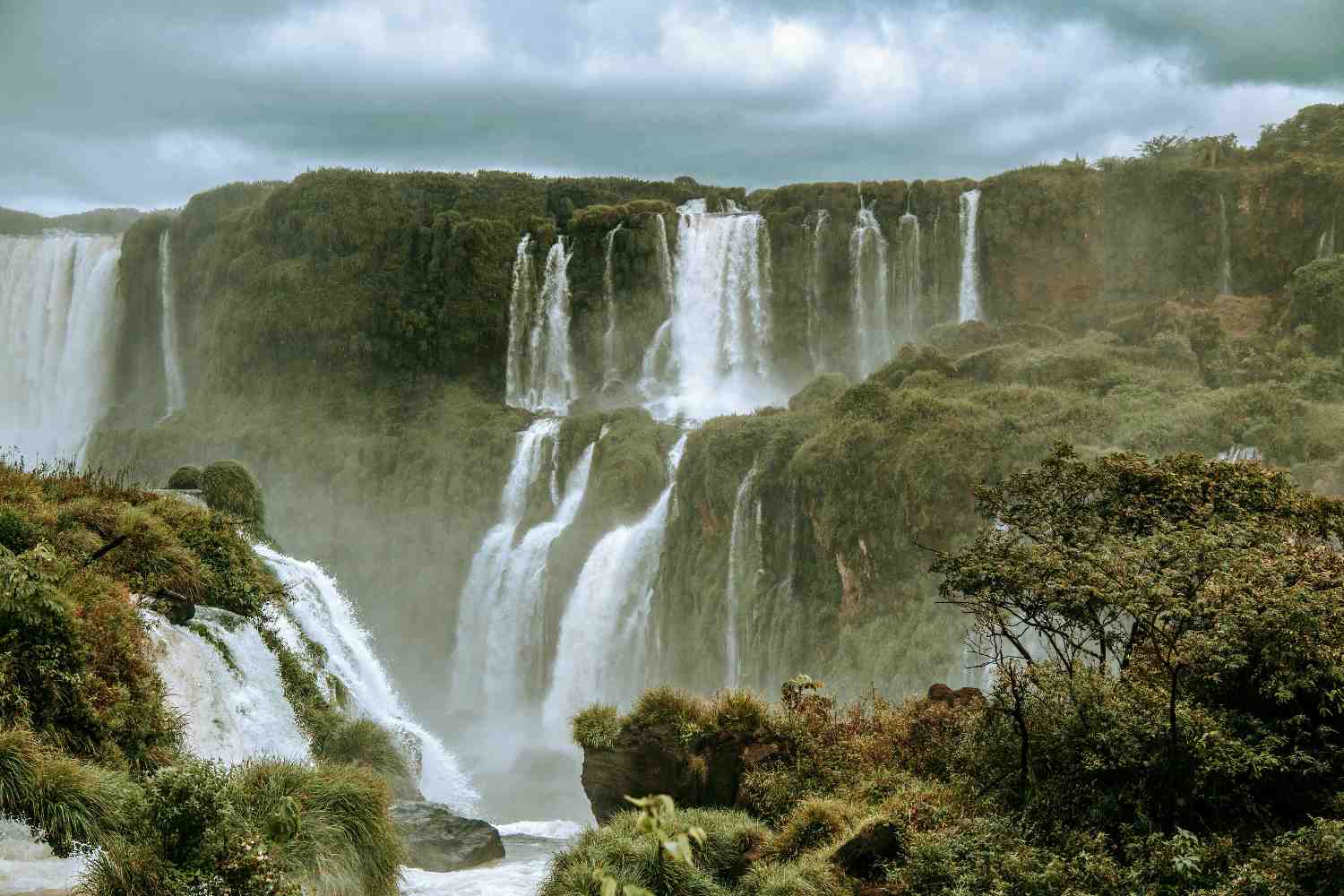Brazil is a leader in plant biodiversity with over 46,000 species thanks to its unique biomes. Colombia and China follow

@Diego Rezende/Pexels
With more than 46,000 cataloged species, Brazil has earned its position as the richest nation in plant diversity. Data from the United Kingdom’s Royal Botanic Garden of Kew says this count includes the botanical riches present in unique biomes of the country: the Amazon, the Cerrado, and the Atlantic Forest, each typified by exceptional flora.
The Amazon is the “lung of the Earth“, according to popular parlance, displays an enormous variety in plant species distribution. While the Cerrado is considered the most diverse savanna in the world, other less well-known ecosystems exist, such as the campo rupestre, an important contribution to the ecology of the country.
Campo rupestre: a hidden treasure
The campo rupestre, a mosaic of vegetation on the Espinhaço mountain range of Brazil, is home to a remarkable concentration of endemic species. It covers less than 1% of the country’s territory but shelters 15% of Brazil’s flowering plants. Its global importance was underlined by its status as a UNESCO Biosphere Reserve, because of rare and endemic species, many still under scientific investigation.
Colombia and China follow as global leaders in biodiversity
Colombia has been ranked the second country in the world, boasting over 26,000 species of plants. Its position at the juncture of the Andes and the Amazon places it right at the center of native flora. However, deforestation and agricultural expansion continue to be serious threats to its biodiversity. In this regard, Colombia has undertaken reforestation projects and protection of mountainous ecosystems as an indispensable factor in maintaining ecological stability.
China, with an approximate 24,000 species, is the third. The varied topography in the country offers a range from temperate, mountainous to subtropical forests. While fast industrialization of China has resulted in several conservation programs, including natural reserves to protect its rare plants and counteract the outcomes of climatic changes.
Shared challenges in plant conservation
Not only are Brazil, Colombia, and China the most botanically rich countries in the world; they also face serious conservation challenges. Ongoing deforestation, agricultural expansion, mining, and climate change are continuing to reduce habitats and drive many species toward extinction. Shockingly, many habitats are destroyed before their species can be cataloged or studied for their ecological roles.
Plant biodiversity is an invaluable global asset that should be conserved. The Red List of the International Union for Conservation of Nature is one important tool in assessing the status of species’ conservation and identifying priorities for protection.
Countries .with the greatest plant biodiversity
Below is the ranking of countries with the highest plant biodiversity:
| Country | Number of Plant Species |
|---|---|
| Brazil | 34,387 |
| China | 31,362 |
| Colombia | 24,025 |
| Mexico | 23,385 |
| South Africa | 21,250 |
| Peru | 19,812 |
| Australia | 19,324 |
| Indonesia | 19,232 |
| Ecuador | 18,466 |
| Myanmar | 16,000 |
| United States | 15,500 |
| Venezuela | 15,381 |
| India | 15,000 |
| Bolivia | 14,729 |
| Malaysia | 14,060 |
| Russia | 12,500 |
| Madagascar | 11,832 |
| Costa Rica | 11,000 |
| Papua New Guinea | 10,973 |
| Panama | 10,462 |
| Argentina | 10,221 |
| Philippines | 10,107 |
| Tanzania | 10,100 |
| Turkey | 10,001 |
| DR Congo | 8,860 |
| Guatemala | 8,763 |
| Vietnam | 8,500 |
| Iran | 7,500 |
| Honduras | 7,188 |
| Guyana | 7,112 |
